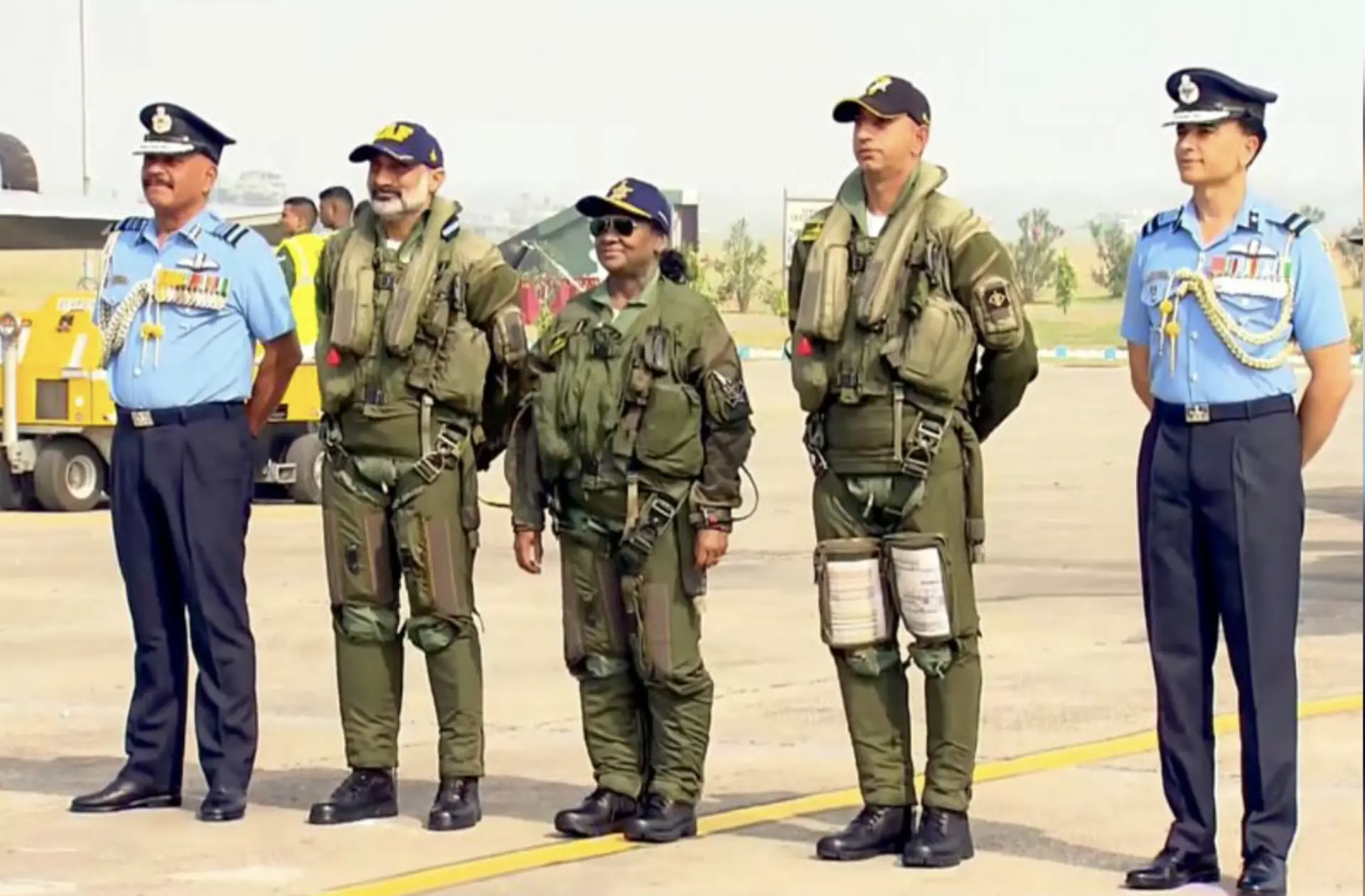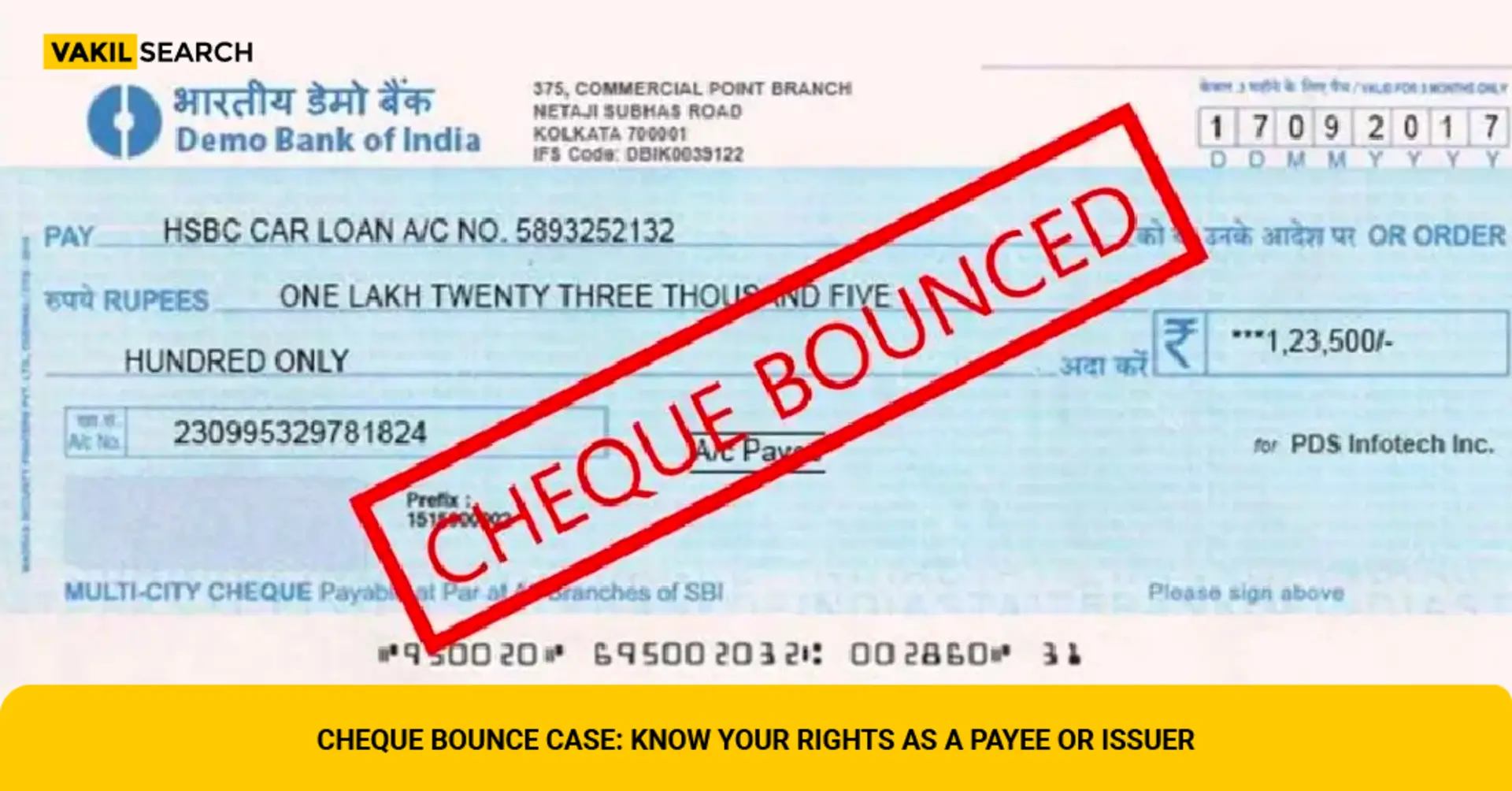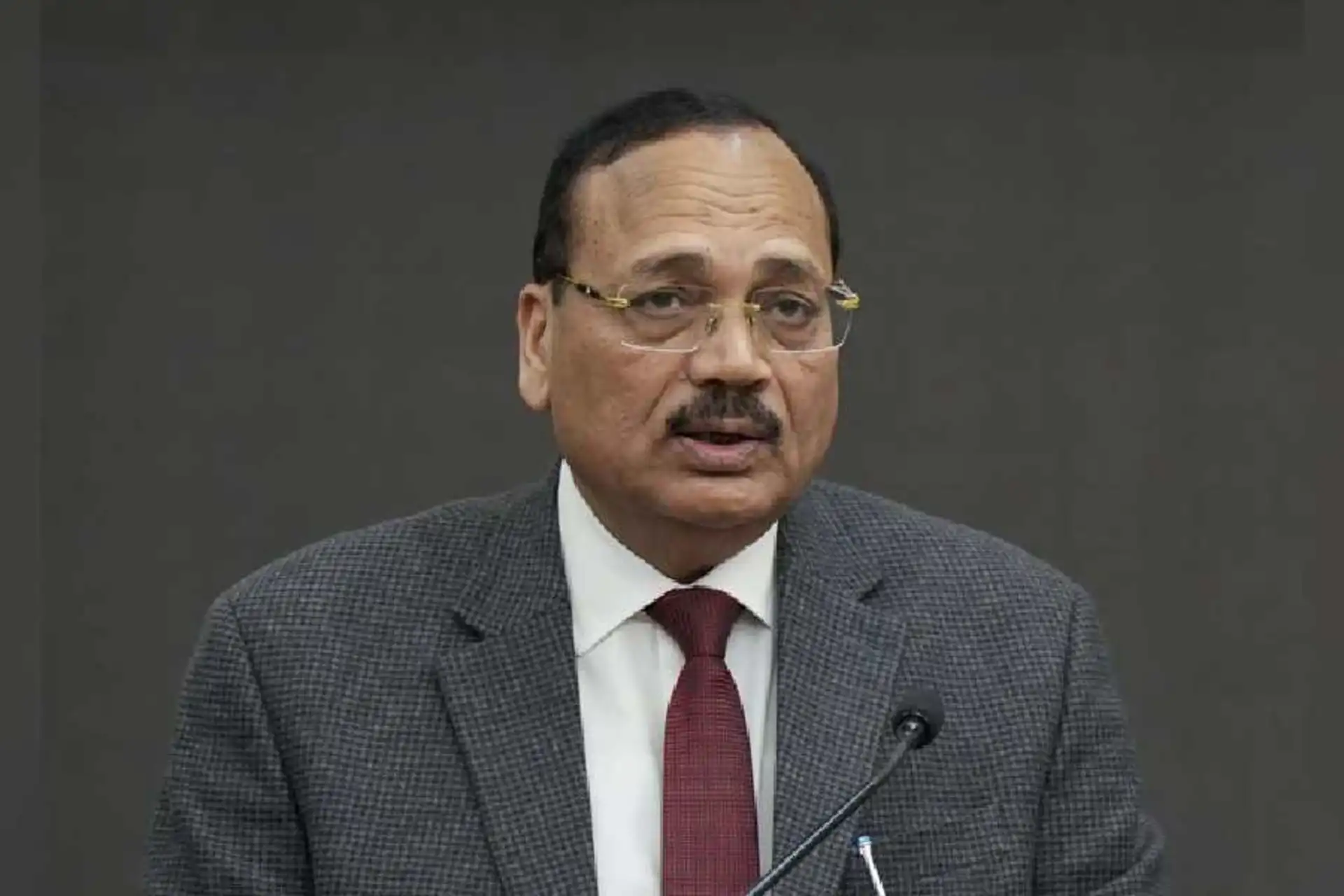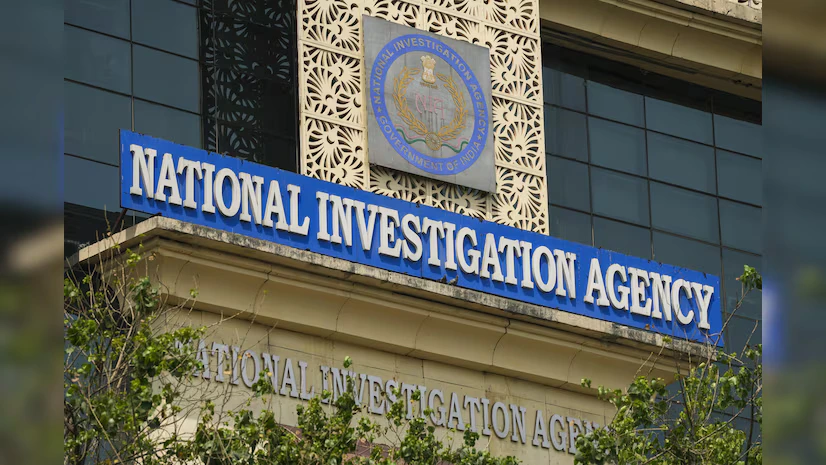
The book India Way is the first commercial book authored by India’s popular external affairs minister, Dr. S. Jaishankar. Dr. S. Jaishankar is a career diplomat who has represented India in various nations & multilateral organisations for a whopping 38 years & is also currently serving his second term as a Rajya Sabha member from the state of Gujarat. The book has been published by FSC Publications & it was launched during the time of the pandemic.
The book The India Way, authored by the External Affairs Minister, serves as an excellent introduction for students of diplomacy. The book has one remarkable feature that every chapter starts with a relevant quote given by an influential strategic thinker, some of whom are the likes of Zhuge Liang, Rabindranath Tagore to name a few of them. Book consists of 215 pages and features 8 chapters, all centred around broad geopolitical themes like the Indo-Pacific issue, Indo-Japan relations, and disruptive strategies. While some chapters, such as the one on the lessons of Awadh, use diplomatic language that may be challenging to comprehend, subsequent chapters adopt a lucid writing style accessible to layman readers.
The book adeptly covers the evolution of India’s foreign policy since independence with countries & regions like the USA,East Asia, Japan, South Asia and China. The external affairs minister has not shied away from giving credit to individuals like Shinzo Abe of Japan, Lee Kuan Yew of Singapore who played a crucial role in advancing bilateral relations with these nations, via the help of various initiatives.
The book is a detailed account of all global disruptions that have affected the policymakers in various parts of the world,especially since the 21st century, some of the issues that have been covered in a greater detail is the emergence of climate change as a potential issue that drives a fundamental change in the economic structure.The rise of economic nationalism in many western nations like France, USA etc. which have driven trade based tensions in the “old world order” has also been explained. The issues of terrorism & India’s zero tolerance towards terrorism has also been detailed for the benefit of a global audience.
A salient feature of the book is that it covers the happenings of all around the globe with significant detailing & covers Indian perspective from a historical point of view as well. For example: In the chapter on Indo-Pacific, the historical aspect of how Indo-Pacific was relevant even during the earlier centuries(esp. The 1940s) has been detailed. The historic initiatives taken by India in each & every changing scenario acts as a reliable first hand information which can augur well for upcoming bureaucrats, technocrats & economists.
In the chapter on the dogmas of Delhi, the entire evolution of Indian foreign policy in response to global challenges, such as the dissolution of the USSR, the Gulf War of 1991, and the impact of the late announcement of the revolutionary reformatory budget of 1991 on Indian diplomacy, has been eloquently articulated.The six phases of Indian diplomacy have also been given a key eye to attention across various chapters.Initiatives like Mission SAGAR, the economic policies of the Modi government, and organisations like BIMSTEC, SAARC, CDRI, and BRICS, which have paved the way for greater multilateralism in today’s multipolar world, are also given ample focus throughout the book.This same structure & methodology has been implemented across all the chapters for the convenience of readers.
The book has also given a fresh idea to consider Mahabharata as the prime book for understanding the nuances of India’s strategic thought,which is perhaps the best highlights of an informative book. A separate chapter on the same has been authored which details the various instances of Mahabharata & it helps the reader to draw parallels with Indian foreign policy in its current state as well.
One of the finest examples where Dr. Jaishankar has drawn a parallel between geopolitics & the mahabharata is the reluctance to initiate any new conflicts which was shown by Kaurava elders & King Yudhisthira before the war, which is also shown today by the national leaders of the world. The chapter on Mahabharata will make a young academic mind ponder upon the parallels made which will help India to carve out a niche indigenously developed strategic thinking for itself in the long run.
The India Way: Strategies For An Uncertain World, has also given a roadmap in each & every chapter on how India must conduct its affairs & become a responsible power in today’s world. Overall, the book India Way: Strategies for an Uncertain World, aims to give a fresh thinking strategy for the present as well as future policymakers, so that India can reclaim its past glory on the international stage & guide the world.
About the Author: Srikar Srivatsa Dahagam is an incoming student of MA International Economics at Graduate Institute of International & Development Studies, Geneva. He has recently graduated in BSc. Economics(Honours) from the Symbiosis School of Economics, Pune. Image for reference















